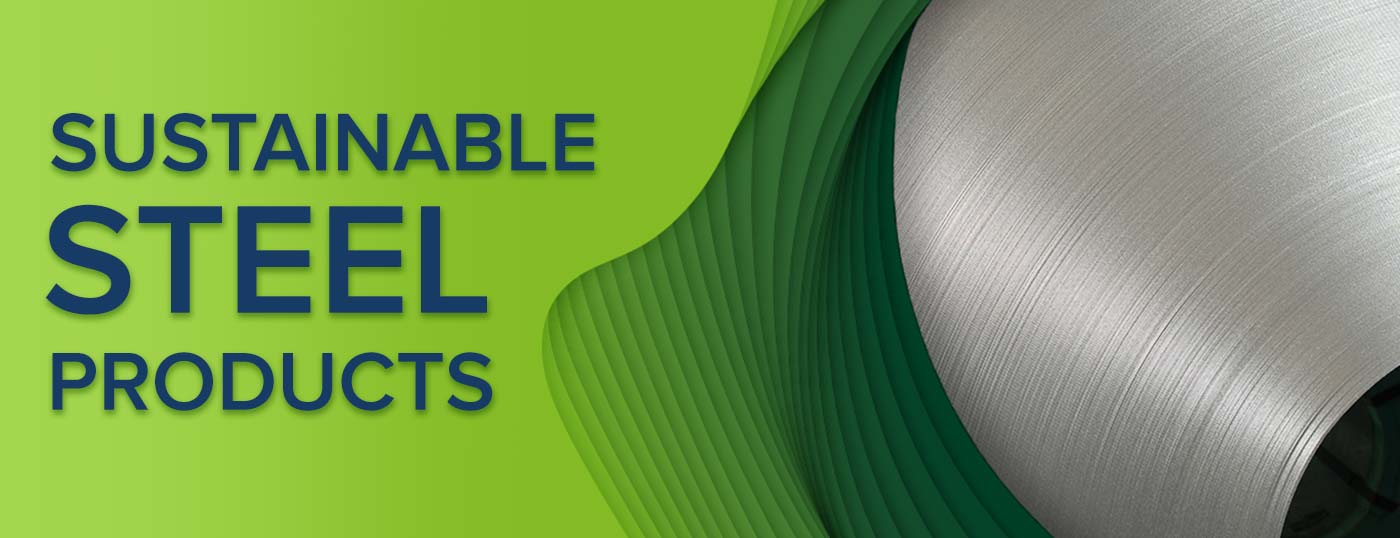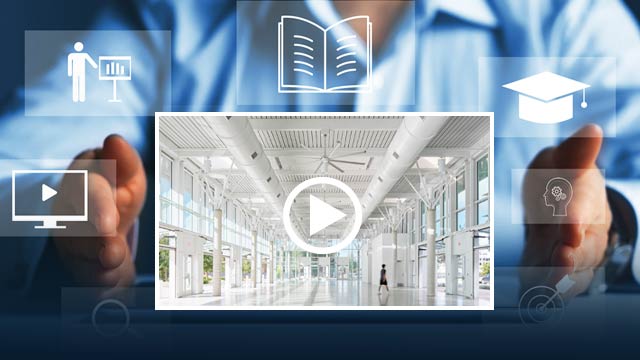
SDI set a goal for its steel mills to be carbon neutral by 2050. SDI is a strategic supplier of steel to our operations, and we’re incredibly proud to be part of a team committed to reducing its climate impact. SDI is committed to reduce its environmental footprint through 2025, 2030, and 2050 goals for greenhouse gas (GHG) emissions and renewable energy usage.
These commitments to sustainable steelmaking advance SDI’s industry-leading efforts that include electric arc furnace (EAF) steelmaking and a circular manufacturing model. Already, SDI’s drive to be efficient and focus on EAF steelmaking technology has resulted in Scope 1 and 2 emissions ranking among the industry’s lowest — and SDI is continuing to innovate to further reduce its climate impact. Based on International Energy Agency recommendations for the steel sector, SDI’s steelmaking operations already meet the 2050 intensity targets designed to achieve the Paris Agreement and its 2°C scenario.
Further, SDI is aligned with the Science Based Targets initiative (SBTi) as SDI’s steel mills plan to meet the SBTi “well below 2°C” scenario target for Scope 1 and 2 combined emissions intensity by at least 2030 based on the Iron & Steel Sectoral Decarbonization Approach.
“Our sustainability strategy is an ongoing journey, and we plan to use our entrepreneurial, innovative spirit to continue to be an industry leader,” said Mark D. Millett, Co-founder, Chairman and CEO of SDI. “As evidence of our ongoing commitment, our Scope 1 and Scope 2 emissions are already among the lowest in the industry. We are embarking on a path to carbon neutrality from a position of strength — and we are committed to the continued reduction of our environmental footprint.”
SDI has set milestones for the company on the path to carbon neutrality and will update stakeholders on its progress towards these goals.
¹Compared to SDI’s 2018 baseline.

SDI has companywide performance-based incentive programs that encourage team members to create innovative solutions to increase efficiencies, reduce raw material usage, reuse secondary materials, and promote material conservation and recycling. It is this innovative team that will drive the plan forward.
To achieve carbon neutrality at SDI’s steel mills, SDI plans to continue working to:
“Steel is a vital resource in building a sustainable future,” Millett said. “With these new targets and a proven track record of progress, we are demonstrating that steel must continue to play a critical role in the ‘green’ transition.”
EAF steelmaking technology generates a fraction of the carbon emissions produced, and energy intensity required, by traditional blast furnace steelmaking technology. New Millennium products are primarily made of steel from domestic EAF mills, including those of SDI.
The results speak for themselves:
New Millennium plants in North America primarily use steel from domestic EAF mills, which rely heavily on scrap steel. In our LEED Letter, we report the average percent of recycled content used at each facility in finished steel joists and deck. In 2021, LEED recycled content ranged from 37 percent to 86 percent across our seven North American facilities.
For the most recent data on the recycled content of our products, see our LEED Letter.
100%: Amount of water withdrawn at SDI’s EAF mills that was recycled and reused. The average gallon of water was recycled and reused multiple times before it was lost either to evaporation or discharge.
100%: Amount of mill scale recycled.
100%: Amount of EAF dust recycled.
98%: Amount of hazardous waste recycled, recovered or reused.
84% of the materials used in SDI’s EAFs to produce steel in 2020 was recycled ferrous scrap and internally generated iron substitutes requiring far fewer natural resources than blast furnace technology.
74% of SDI’s recycled ferrous scrap needs in 2020 were sourced within 250 miles of its steel mills, minimizing the energy expended on transportation.
In 2020, SDI’s EAF operations generated only 11% of the greenhouse gases, on a per metric ton basis, of average United States blast furnace steelmaking operations.
In 2020, SDI’s EAF steel production operations, on a per metric ton basis, required only 25% of the energy intensity of average steel operations worldwide, when compared to the World Steel Association.
The information on the Steel Dynamics website, inclusive of presentations, earnings calls recordings, and all other information presented, may contain predictive statements about future events based upon information and assumptions, which we considered reasonable as of the original date of those materials. Those statements, which we generally precede or accompany by such typical conditional words as “anticipate,” “intend,” “believe,” “estimate,” “plan,” “seek,” “project,” or “expect,” or by the words “may,” “will,” or “should,” are intended to be made as “forward-looking,” subject to many risks and uncertainties, within the safe harbor protections of the Private Securities Litigation Reform Act of 1995. Such predictive statements are not a guarantee of future performance, and we undertake no duty to update or revise any such statements.
Such statements involve risks and uncertainties related to our steel, metals recycling, and fabrication businesses, as well as to general business and economic conditions. More specifically, refer to Steel Dynamics’ detailed explanation of factors and risks that may cause such predictive statements to turn out differently, as set forth in our most recent Annual Report on Form 10-K under the heading Special Note Regarding Forward-Looking Statements and Risk Factors, in our quarterly reports on Form 10-Q, or in other reports which we file with the Securities and Exchange Commission. These are available publicly on the Securities and Exchange Commission website, www.sec.gov, and on the Steel Dynamics website, www.steeldynamics.com under “Investors—SEC Filings.”

Steel roof deck is not a one-size-fits-all product. Specifying the ideal type for your project merits thoughtful consideration.

Our new continuing education courses enable you to keep up to date with the latest practices in steel building systems.
Building a better steel experience